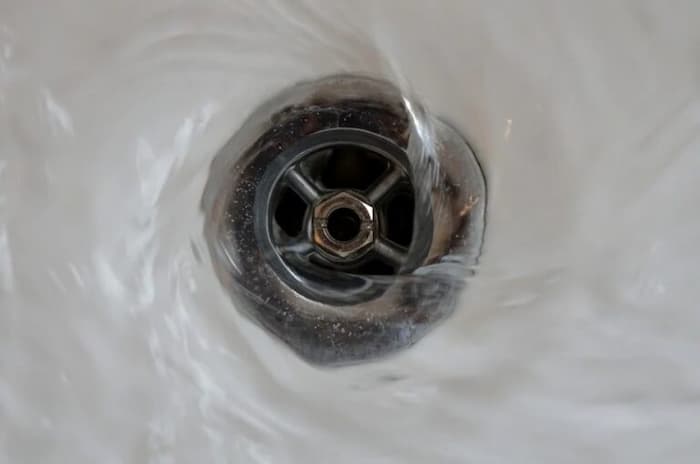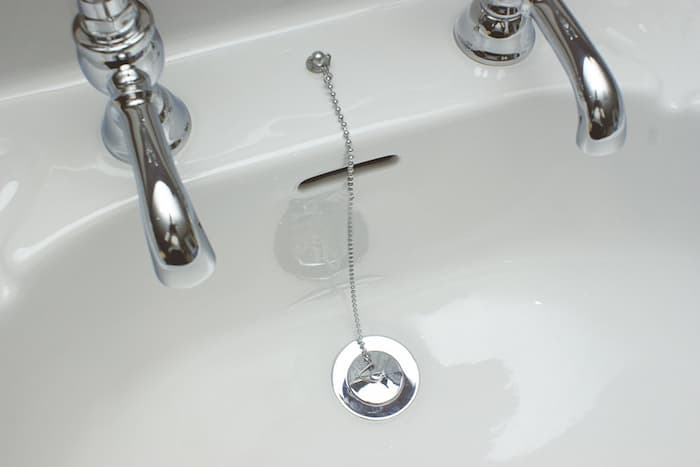Of all the rooms in a home, it’s safe to say that bathrooms probably have the distinction of simultaneously being the most personal, the most permanent, and critically, the most important.
It’s also a room where it’s easy to concentrate on the largest of fixtures, at the risk of ignoring the tiniest of fittings … and this is especially true with the wastes installed in water basins. Every basin needs one to either block or channel off tap water. Despite their very durable demeanours though, the effects of mineral-rich water, aggressive cleaning solutions, and just the plain wear and tear of decades of usage mean that you’ll eventually have to replace it.
Ultimately, the thought of contending with an inoperative, or outright unattractive waste doesn’t have to make you wince every time you want to wash your hands. Let’s look at how replacing a waste can not only prevent these tiny fittings from becoming big headaches, but can even provide the kind, subtle reinvigoration that every bathroom can benefit from.
Better Looking Basins

Let’s be honest: once they’re installed, wastes typically don’t draw a lot of attention until there’s a problem. Unfortunately, reminders of excess limescale buildup, or rust and corrosion caused by regular cleaning and the occasional blockage aren’t the signs anyone wants to see in their bathroom basin. That’s why investing in new bathroom drains and waste fittings is your best alternative once the ones you already have become too old and discoloured to be ignored. It’s a quick, low-cost improvement that’ll not only enhance your basin’s looks, but will allow you to inspect other parts of the drainage system like traps and overflow rings that may also need replacing.
The first thing you need to do is determine precisely which size waste goes with your fixtures. Stainless steel and brass waste body lengths can vary between 50mm and 90mm depending on how your bathroom was plumbed; with the exception of the 3 ½“ BSP (90mm) basket-type shower wastes, your other bathroom wastes only come in 2 diameters: 1 ¼“ BSP (32mm) and 1 ½“ BSP (40mm). Once you have all the correct dimensions, the next and most important step is going to be matching the waste type to the basin … and only after that will it be time to start shopping for fittings.
Waste Types

The exact type of bathroom waste you’ll need is going to be determined by whether your basin has a built-in overflow or not. Overflows are designed to be secondary paths to the drain, and you’ll be able to identify one by the circular hole, or elongated slit near the top of the interior of the basin.
Shallow, and many vintage-styled and vessel-type basins don’t have overflows, and being certain of whether your basin has an overflow hole or not is critical for deciding if the waste you need should be slotted or unslotted.
Slotted Wastes
A basin with an overflow hole needs a slotted waste. Slotted wastes have a slotted body that allows water to flow from the overflow hole into the drain if the faucet’s been left open and running while the waste is closed. Because of the vacuum created by the overflow hole into the waste’s slot, slotted wastes also have better flow-through rates than slotted wastes.
Unslotted Wastes
Basins that don’t have overflow holes need unslotted wastes. These bathroom wastes allow only a single, straight path for water to flow to the drain. Consequently, if an unslotted waste is closed and the faucet’s been left open, the basin’s going to overflow.
Waste Styles
There are 5 different styles of basin wastes, each designed to match any bathroom décor. And because of this versatility, it’s possible to find each style in either 32mm or 40mm diameters, slotted or unslotted configurations.
Click-clack Wastes
These waste fittings are opened and closed by pressing their inset metal stopper, and are known for the “click-clack” sound they make when being pressed. They’ve grown in popularity over the years, but be prepared to reach into a full basin using one.
Flip-flop Wastes
These fittings have a disc-shaped metal stopper which, by pressing down on either side of it, rotates ( … flips) to open or close the drain. They lend an air of uniqueness and modernity to bathroom waste fittings, but you’re going to get your hands wet with these too.
Pop-up Wastes
Pop up fittings are operated by raising or lowering a lever (usually attached through the faucet or a hole at the rear of the basin) which mechanically opens or closes the stopper. These as the contemporary favourite of bathroom fittings, and you don’t have to get your hands wet using them.
Plug and Chain Wastes

These are the classically-styled wastes where the drain is manually plugged with either a metal or plastic stopper attached to a chain, and subsequently opened by pulling the stopper out of the drain by the chain. They’ve been around forever; and are still around now because they’re the easiest style of waste to use, clean, and maintain.
Free Flow Wastes
Free flow wastes have no stoppers or closing mechanisms. They’re open all the time, but are designed in a way that they won’t allow foreign objects to enter the drain. Suffice it to say, you’re more likely to find one installed as the basin waste in a public lavatory or a mudroom, than in a private bathroom.
The Final Word
Admittedly, wastes aren’t the high-visibility basin fittings that faucets and soap racks are, but make no mistake: they’re twice as likely to attract attention if they’re unsightly or not functioning properly. Your bathroom drains and fittings are just as important as the fixtures themselves, and you’ll be surprised how much more you’re going to relish your basin’s appearance just because of the smartness of the waste. If your bathroom’s in need of a little reinvigoration that’ll go a long way, consider what a new waste could do for it.












